Parenting is exhausting enough even without the extra weight of environmental guilt. Between sleepless nights, lunchboxes, school runs, and endless laundry, the thought of “going sustainable” can sound expensive, complicated, and time-consuming. For many of us, it feels like one more responsibility piled on top of an already heavy load.
And yet, we cannot ignore what’s happening around us. Our planet is choking under plastic waste (oceans filled with microplastics, landfills overflowing with disposable diapers, and food packed in layers of plastic that outlast generations). Many of the very products marketed to parents, like plastic toys, polyester clothes, and packaged snacks, end up harming the same earth our children are supposed to inherit.
So where does that leave us? Are parents expected to give up every modern convenience? No. The truth is, plastic-free parenting doesn’t mean perfect parenting. It means making small, mindful choices where possible; choices that keep life manageable but also kinder to the planet. These small steps, done on a huge scale, really can make a big difference.
Let’s explore how we can do this realistically, without guilt, without spending thousands, and without making parenting harder than it already is.
Why Plastic-Free Parenting Matters
Before we explore the practical ideas, here’s a gentle reminder of why this even matters:
- Children’s health: Plastics contain harmful chemicals like BPA and phthalates, which disrupt hormones and affect development. Babies, who put almost everything in their mouths, are especially vulnerable.
- Environmental crisis: Plastics don’t truly disappear—they break down into tiny pieces that pollute soil, rivers, and oceans.
- Setting an example: Kids learn by watching. If they see us making sustainable choices (however small), they carry those habits into their own futures.
This isn’t about being a “perfect eco-parent.” It’s about being thoughtful where we can.
Achievable, Affordable Ways to Cut Down Plastic
Here are some practical swaps and habits that Indian parents (and parents everywhere) can consider. None of these requires fancy products or a huge money. Many are actually ways our parents and grandparents lived naturally, long before “sustainable living” was a trend.
1. Go Natural Whenever You Can
- Choose cotton clothes instead of polyester blends when possible. Everyday cotton kurtas, nappies, or bedsheets made from natural fibers are gentle on skin and don’t shed plastic microfibres.
- For baby skincare, stick to honest old remedies: coconut oil for massage, besan uptan for gentle bath scrubs. Even if you buy, choose brands with minimal packaging and natural ingredients.
2. Reuse, Don’t Just Replace
- Borrow from family and friends. Hand-me-downs are gold, not just for saving money but also for cutting waste. In Indian homes, cousins reusing clothes, cots, and toys was normal.
- Instead of buying packs of wipes every week, keep a set of soft cotton cloths to use with plain water. Easier on the baby’s skin, and no plastic-filled wipes to throw away.
3. Feeding Time, Plastic-Free Style
- Use steel bowls and glasses. Every Indian kitchen already has them. They last forever and are a safe alternative to plastic.
- Skip plastic bottles when possible. Glass bottles with protective covers or stainless steel bottles are safer and more durable.
4. Cloth Over Disposable (With Balance)
Yes, disposable diapers are convenient, but they are also one of the biggest contributors to plastic waste. You don’t have to quit them completely if life feels overwhelming. Instead:
- Use cloth diapers/nappies at home when laundry is manageable.
- Keep disposables for nights or travel. Even reducing usage by 50% makes a big environmental impact.
5. Simple Home Swaps
- Replace plastic scrub pads with coir scrubbers (our grandmothers relied on them for everything).
- Cover leftovers in bowls with stainless steel plates or try beeswax wraps instead of plastic wrap.
- Make quick snacks at home instead of buying packeted snack bars. Even a batch of homemade laddoos or chivda doubles as a healthy and plastic-free snack.
6. For Playtime
- Wooden or cloth toys may not light up or beep, but they spark creativity and imagination. Remember the tin cars, cloth dolls, and wooden puzzles many of us grew up with. Those were fun, durable, and far less harmful.
- If you must buy plastic toys (because sometimes they are the only affordable option), opt for good-quality used ones from thrift groups or local second-hand shops. Reusing is still better than buying fresh plastic every time.
7. At Celebrations
- For birthday parties, swap balloons with tissue paper decorations or DIY crafts. They look beautiful and create less waste.
- For return gifts, go for small practical items like storybooks, seed packets, or even homemade treats, rather than plastic trinkets that will be discarded tomorrow.
8. Lead by Example
Kids don’t learn eco-consciousness from lectures. They learn when they watch you refill a water bottle, carry a cloth shopping bag, or choose steel over plastic. These habits slowly become part of their world too.
Remember: It’s Not About Perfection
You don’t have to get rid of every single piece of plastic in your home. Parenting is already overwhelming, and some days survival feels like the only goal. That’s okay. Even one swap, like ditching wipes for cloth, or choosing cotton over polyester, already makes you part of the change.
Plastic-free parenting is about progress, not perfection.
Conclusion
In a convenience-driven world, raising kids without plastics is not easy. But it’s not impossible either. By adopting small, realistic, and affordable changes, we can raise children who grow up not just healthy and loved, but also mindful of the earth they will inherit.
Someday, when our children ask us what we did to protect their future, these little choices will be our answer. And that will matter more than we know.
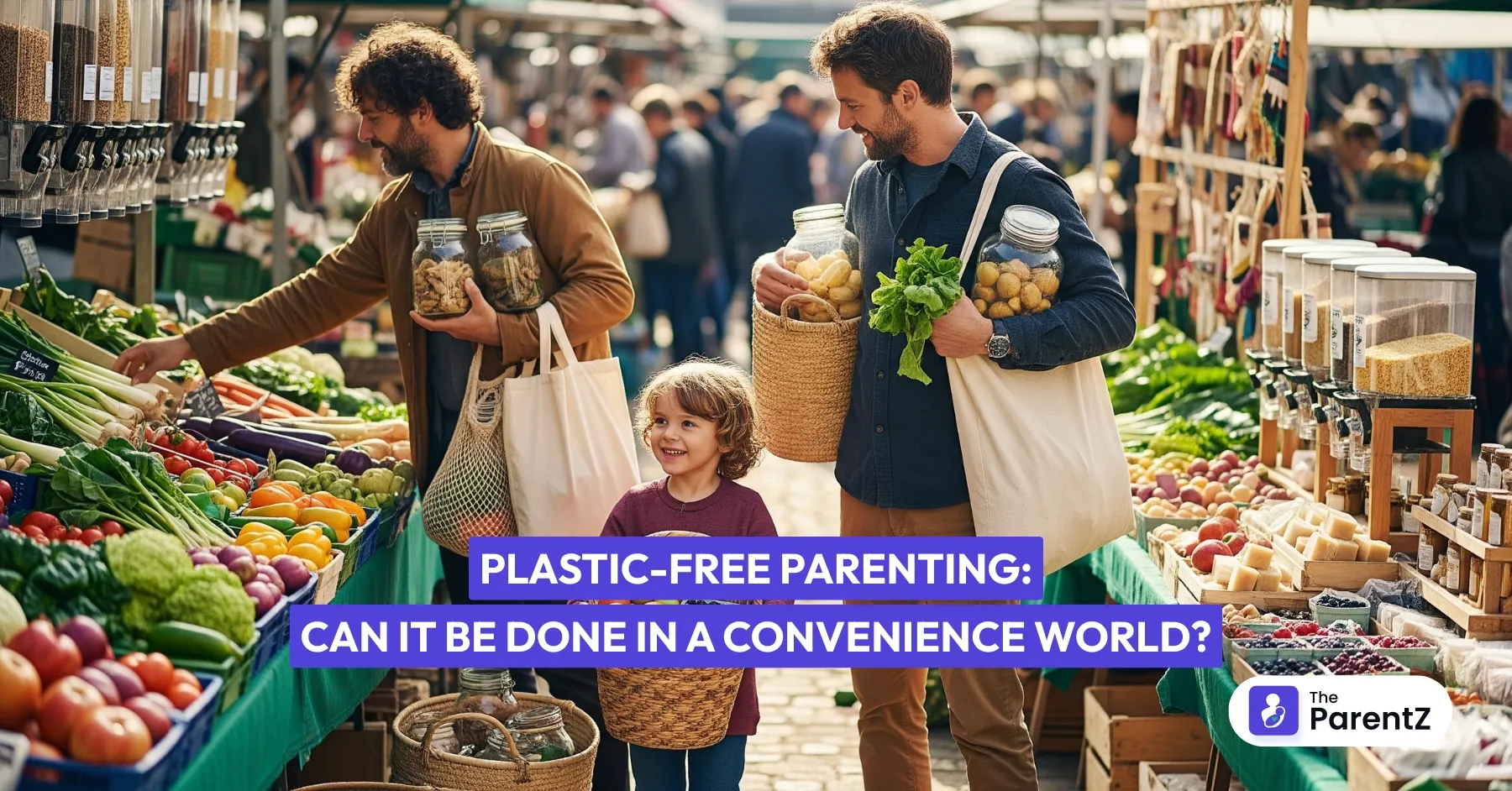



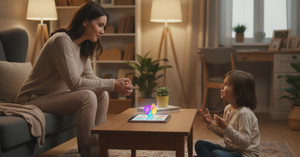
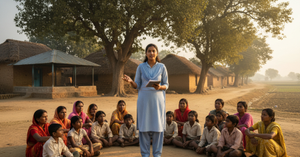
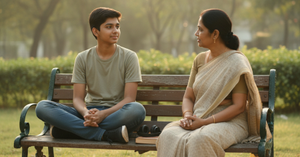
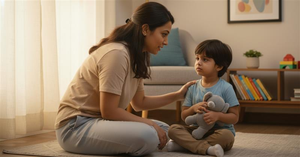

Be the first one to comment on this story.